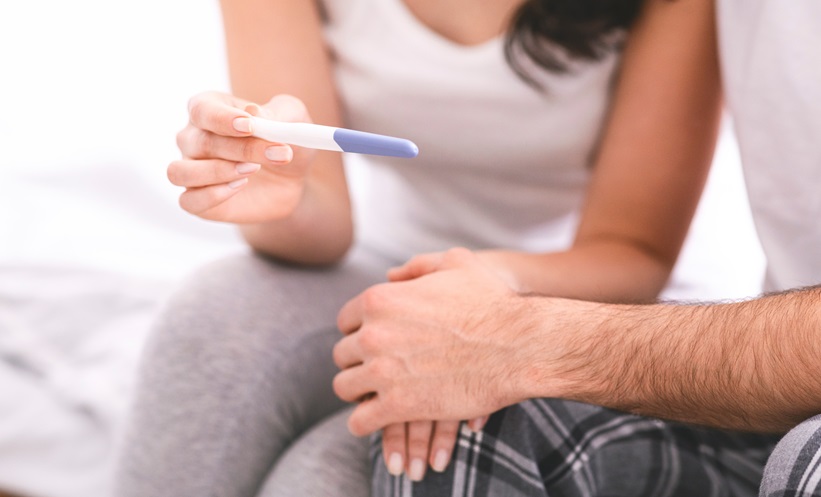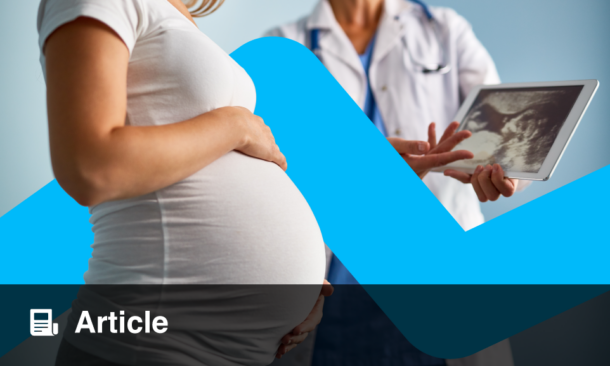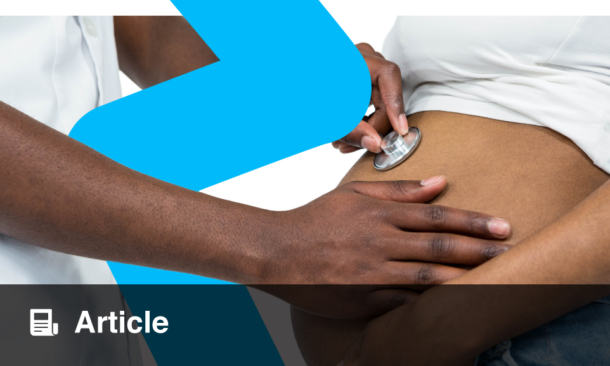ANALYSIS of retrospective data on children born following assisted reproductive technology (ART), in particular, frozen–thawed embryo transfer, has shown that the risk of developing childhood cancer is higher. This research came from a study performed by Nona Sargisian, Department of Obstetrics and Gynaecology, Institute of Clinical Sciences, Sahlgrenska Academy, University of Gothenburg, Sahlgrenska University Hospital, Sweden, and colleagues.
The team analysed the clinical records of 7,944,248 children across Sweden, Norway, Finland, and Denmark. Of the children, 22,630 were born following frozen–thawed embryo transfer, 149,114 were born following alternative ART methods, and 7,772,474 were born following spontaneous conception, without implementation of ART.
Upon review, the authors identified that of the 22,630 children born following frozen–thawed embryo transfer, 48 developed a childhood cancer. Statistical analysis was performed, which revealed that those born following frozen–thawed embryo transfer were at a higher risk of developing childhood cancer than those born following fresh embryo transfer or unassisted conception. The most common cancers identified were leukaemias and cancers of the central nervous system.
Whilst the analysis showed that frozen–thawed embryo transfer conferred a higher risk of childhood cancer development compared with fresh embryo transfer, when combined as one group, ART did not confer a higher cancer risk than unassisted spontaneous conception.
The small number of cancers identified could limit the statistical power of the study and therefore the researchers stated that the results should be interpreted with caution. To assess this further, larger analyses need to be performed before definitive conclusions can be drawn. Co-author of the study, Ulla-Britt Wennerholm, commented that although the number of childhood cancers were low, the impact at the population level could be higher due to the “increase in frozen cycles after assisted reproduction”.
Whilst the risk of childhood cancer development following ART was not increased overall, increased risk was identified upon stratification to frozen–thawed embryo transfer. This study was limited by the low numbers of childhood cancers that occurred, and larger studies need to be performed to ensure adequate power for statistical analysis is achieved before any conclusions can be drawn.








